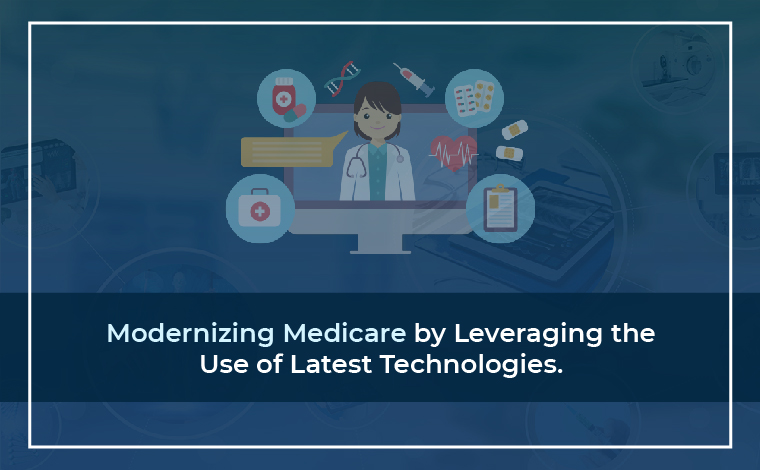
Many seniors who choose to age in place and are financially secure already have “smart” homes that use new technologies to extend their independent living conditions. Family caregivers can go about their daily lives with more confidence knowing they can check in on their loved one remotely and that the loved one has a set of controls at their fingertips to supervise their surroundings.
Some of these seniors are also monitored directly by health workers, who can determine if any of the patient’s medical vital signs are in a risk range. While corporate competition has lowered the prices of most devices, Medicare is trying to catch up to market supply for the use of these products by including them as refundable medical expenses.
Healthcare purchasing has become more complex, ranging from the most basic items such as bandages, stretchers, and blankets to powerful AI solutions. As acute care environments transition to integrated solutions driven by technology, we’re noticing health care facilities make significant progress toward what the sector refers to as the “quadruple aim” — higher quality patient care with quality results, reduced costs for both the patient and the provider, enhanced patient satisfaction, and a better care provider experience.
Tech trends certainly impact what hospital management systems buy, and macro-trends in the environment impact how they buy. Given that technology will have to compensate for the burgeoning shortage of personal care workers and their costs, remote monitoring will become commonplace in the elderly with serious health disorders.
➝ How is technology helping in enhancing healthcare?
More and more healthcare organizations worldwide discover that innovative tools must be managed as strategic assets rather than utilities. Some strive to bridge the legacy digital IT divide through complex system transitions, like artificial intelligence in healthcare.
One large healthcare-technology company is exploring new ways to keep its existing IT architecture while securely mining the collected data for useful business insights using data analytics.
Similarly, a large pharmaceutical company is investigating the use of cloud platforms to minimize data storage and processing costs while increasing the speed of its R&D efforts.
Increased connectivity among healthcare providers
Digital platforms have reshaped the social realm, and modern technology has helped physicians connect and share information like never before. Modern apps have hit the market, permitting clinicians to post the latest discoveries and initiate conversations on their mobile devices, reducing the time required to communicate with team members.
Smartphone-based tools aiding in care delivery
More and more companies are stepping up to deliver patient care, embracing automation. A major development in care delivery is the advent of smartphone-based devices to monitor test levels, such as blood sugar or heart rate. There are even voice-based assistants to remind patients about their medicines from time to time.
Remote health exams
The idea behind the medical screening chair is basic: an in-home chair that interprets all of a patient’s basic vitals and sends the information to a doctor. Patients can use the chair to get regular, basic checkups without sacrificing the comfort of their own homes. The innovation will likely become more mainstream as programmers discover new ways of producing this equipment at a lower cost.
Reduced risks in medical procedures
Medical procedures are now safer thanks to advancements in technology. Medical procedures are becoming less invasive and risky due to technological advancements such as laser treatments. Furthermore, the use of new technologies has dramatically reduced recovery time, in some cases from several weeks to just a few days.
Introducing robotics in Medicare
Other current revelations, in addition to laser technology, encompass surgical robots and nano-devices. Doctors have improved their precision and gained access to previously inaccessible areas using virtual assistance.
Final Words
SimboAI is a revolution in the healthcare industry. One nano-robot can swim through bodily fluids such as the bloodstream and the eye’s surface. Over time, Simbo will advance the integration of the virtual healthcare process into mainstream clinical care everywhere! With a voice-based doctor.
